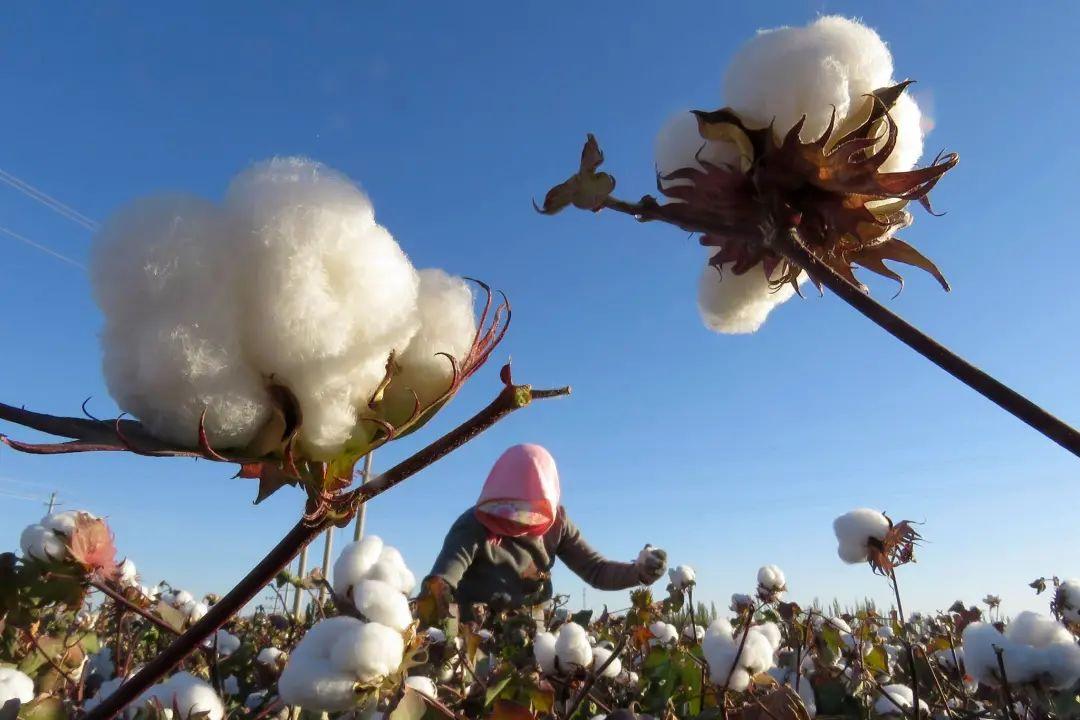
Types of cotton
First, let’s take a look at the various types of cotton. According to the cultivated species of cotton and the length and thickness of the fiber, it can be classified into three major strains:
Coarse staple cotton (obsolete cotton)
Also called Asia Cotton refers to various varieties of cotton, including medium cotton and straw cotton. The fibers are thick, short and elastic. This type of cotton fiber has been basically eliminated in China due to its short length, thick and hard fiber, white or dull white color, little mercerization, low use value and unit output, and there is no product cotton production in the world.
Fine-staple cotton (the most common cotton)
Also called upland cotton, it refers to the fineness and fineness of cotton fibers of various varieties of upland cotton. The length is medium, the color is white or milky white, and it has a mercerized finish. It can prevent fine yarns of 11~100tex (60~6 inches). Fine-staple cotton accounts for 85% of the world’s total cotton production and is currently the most important cultivated cotton species in my country.
Long-staple cotton (the highest grade cotton)
Also called sea-island cotton, which refers to various varieties of sea-island cotton and sea-terrestrial hybrid cotton , the fiber is long, thin and soft, milky white or light yellow in color, rich in mercerization, and of high quality. It is the raw material for the production of cotton yarn below 10tex. The countries currently producing long-staple cotton mainly include Egypt, Sudan, the United States, Morocco, and Central Asian countries. The main production bases of long-staple cotton in my country are in Xinjiang and other regions. Long-staple cotton can be divided into extra-long-staple cotton and medium-long-staple cotton.
The key to affecting cotton quality
Due to cotton varieties, growing environment, planting Different from the differences in harvesting methods, the cotton produced also has considerable differences in fiber characteristics and prices. Among them, the most critical factors affecting quality are the fiber length of cotton and the harvesting method.
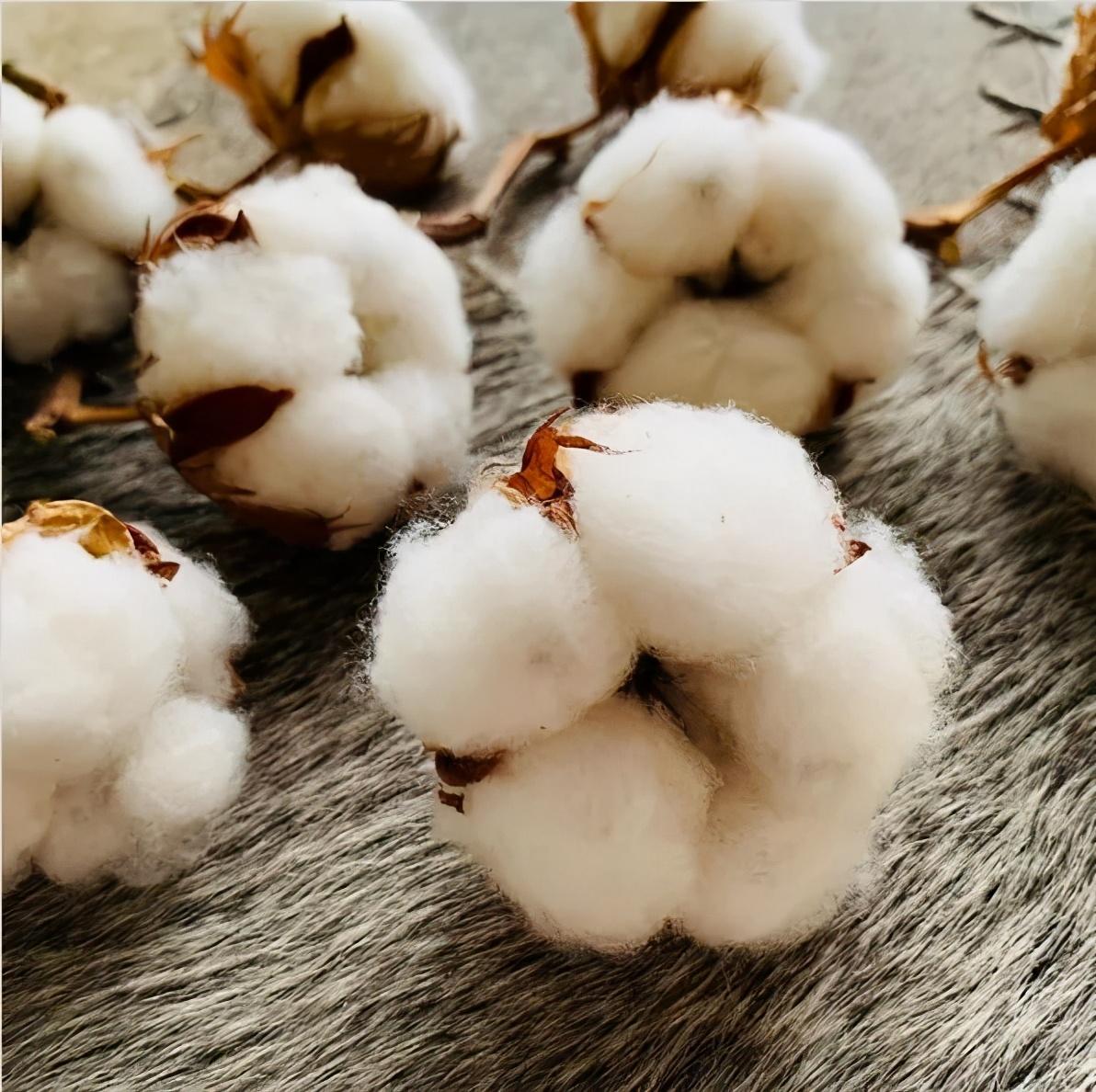
Long fiber cotton vs. short fiber cotton
When we think of cotton, the white fibrous spherical flowers growing on the branches in the cotton fields immediately come to mind. This flower-like white structure is called “cotton boll”. It is actually the fruit of the cotton tree and is the cotton plant. After the flowers are pollinated and produce cottonseeds, the hairs on the cottonseeds grow from the surface of the cottonseeds, gradually filling the inside of the fruit, and finally bursting the surface of the fruit.
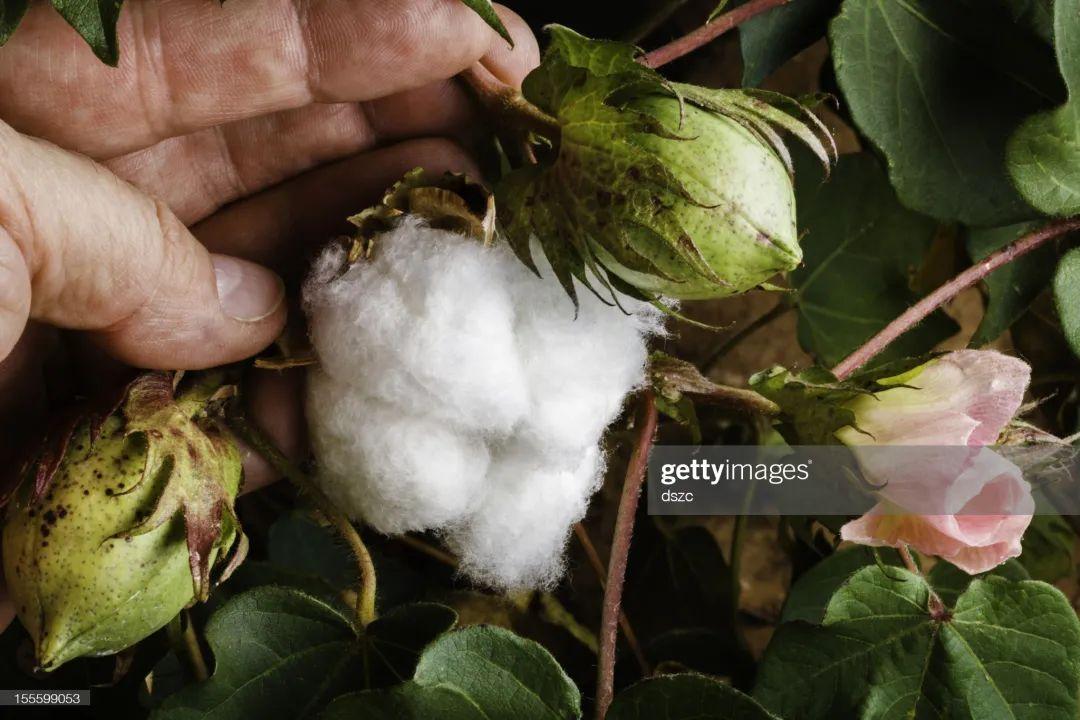
Cotton, as we generally know it, is the state formed after cotton blossoms, bears fruit, and finally the fibers growing on the cotton seeds burst the fruit shell.
Cotton fibers grown on cotton seeds can be divided into ultra-long fiber cotton of 2.5 to 6.5 mm, long fiber cotton of 1.3 to 3.3 mm, and long fiber cotton of 1 to 6.5 mm. 2.5mm short fiber cotton.
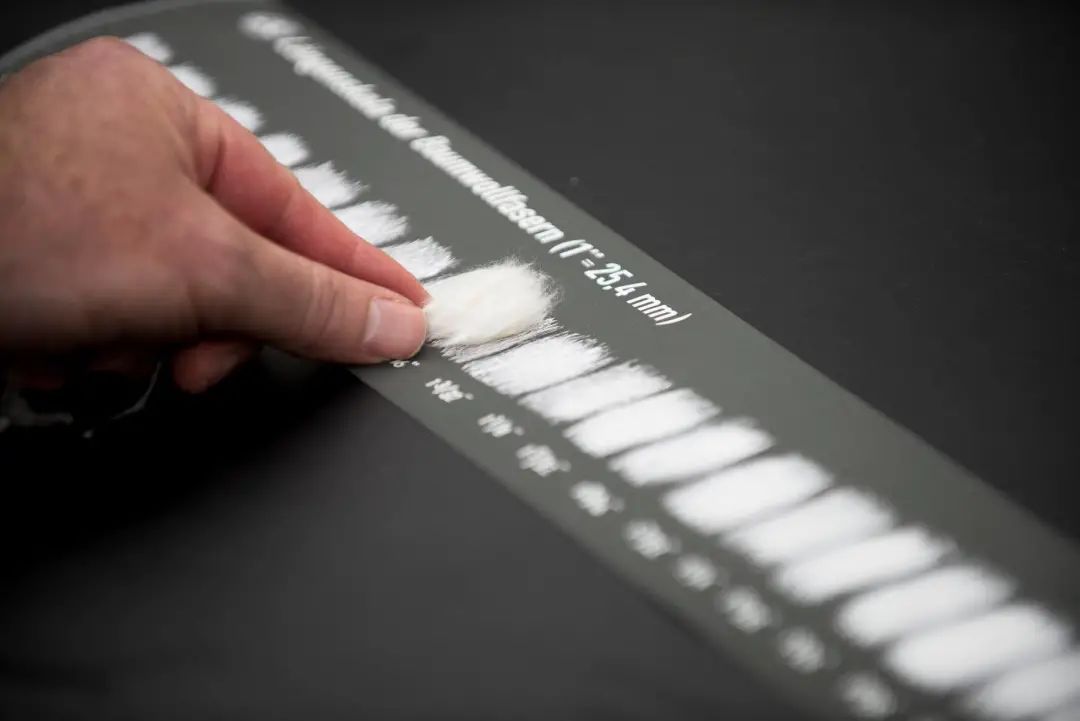
In general, fiber The longer the cotton, the less exposed fiber ends of the spun yarn, so the fabric produced is softer and lighter, suitable for making high-end clothing, close-fitting beds, towels, etc., while short-fiber cotton has less exposed fiber ends. The threads have more exposed fiber heads and are therefore rough, so they are often made to be wear-resistant and washable.”57″>Egyptian cotton
Egyptian cotton is also divided into fine-staple cotton and long-staple cotton. Generally, we talk about long-staple cotton. Egyptian cotton is divided into many production areas. Among them, the long-staple cotton from Giza 45 production area has the best quality and the output is very small. The fiber length, fineness and maturity of Egyptian long-staple cotton are better than those of Xinjiang cotton.
Egyptian long-staple cotton is generally used to produce high-end fabrics, mainly spinning fabrics with a count of more than 80. The fabrics woven have a silk-like luster because of the long fibers and good cohesion. The strength is also very good, and the moisture regain is high, so the dyeing performance is also good. The general price is around 1,000-2,000.
Egyptian cotton is the symbol of the highest quality in the cotton industry. Together with West Indian WISIC cotton and Indian SUVIN cotton, it can be called the best in the world. The finest cotton varieties. West Indian WISIC cotton and Indian SUVIN cotton are now absolutely rare, accounting for only 0.00004% of the world’s cotton production. Their fabrics are all royal tribute grade and are ridiculously expensive. They are not currently used in bedding. The yield of Egyptian cotton is relatively slightly higher, and its fabric quality is not significantly different from the above two cottons. Nearly all of the highest quality bedding on the market today is made of Egyptian cotton.
Ordinary cotton is harvested by machine, and is subsequently bleached using chemical reagents. The strength of the cotton will become weaker and the internal structure will be damaged, causing it to become harder and harder with subsequent washing. Not good.
Egyptian cotton is all picked and carded by hand in order to visually distinguish the quality of the cotton, avoid damage from mechanical harvesting, and obtain thin and long cotton fibers. It has good cleanliness, no pollution, does not add any chemical reagents, has zero harmful substances, the structure of the cotton is not destroyed, and it will not become hard after being washed many times, and it will remain as soft as ever.
The biggest advantage of Egyptian cotton is its fine fibers and high strength. Therefore, with the same count of yarn, Egyptian cotton can spin more fibers than ordinary cotton. The yarn has high strength and good resilience. , has stronger toughness.
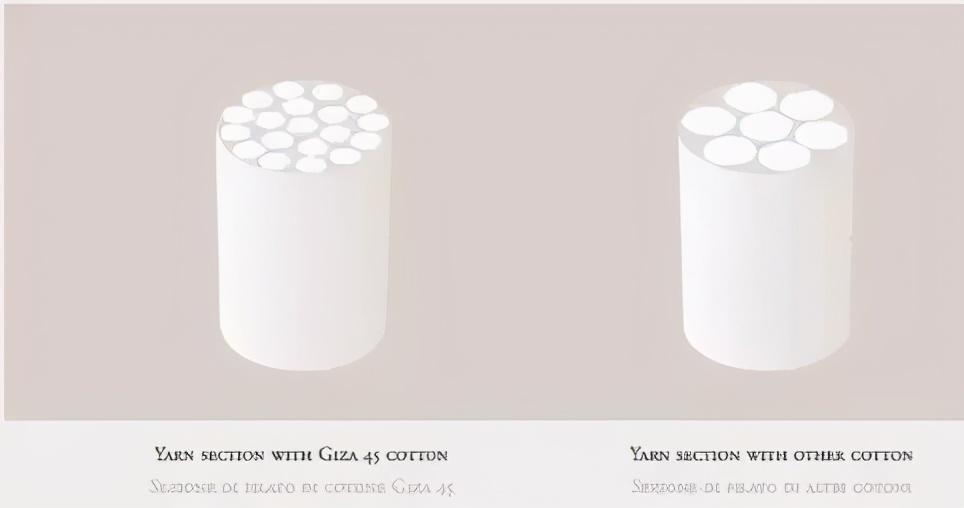
Smooth as silk, even It has good properties and high strength, so the yarn woven from Egyptian cotton is very thin. Basically, the yarn can be used directly without plying. After mercerization, the fabric will be as smooth as silk.

Egyptian cotton growth cycle ratio Generally, cotton lasts 10 to 15 days, has long sunshine time, high maturity, long lint, good hand feel, and is much better than ordinary cotton in quality.
Pima cotton
Pima cotton is a type of cotton that has been very popular in the past two years, and it also belongs to The long-staple cotton series is mainly produced in the United States and Peru. Because the fibers are longer, the fabric is softer and has a better drape. However, cotton length is only one aspect of quality, so overall Egyptian long-staple cotton is superior.

Compared between Pima cotton and ordinary cotton:
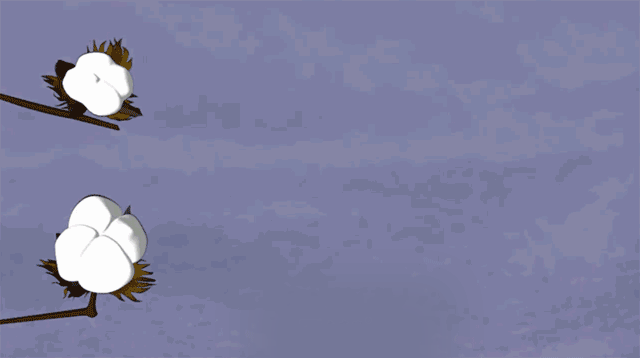
Comparison of fiber glossiness between SUPIMA (horse cotton) and ordinary cotton
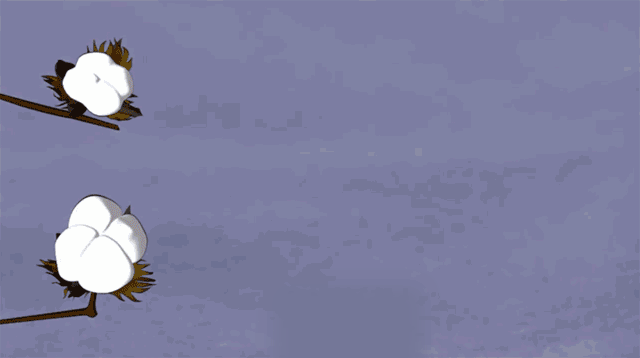
Comparison of fiber length between SUPIMA (horse cotton) and ordinary cotton
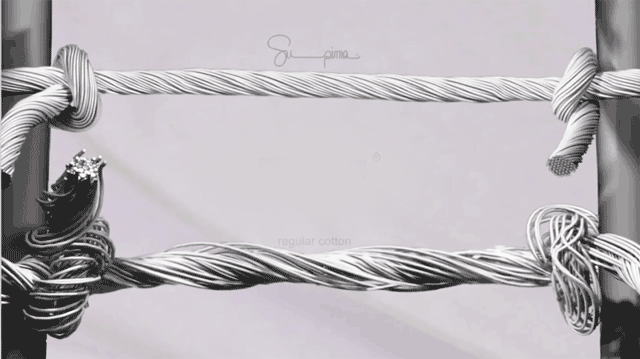
Comparison of the fastness of SUPIMA (horse cotton) and ordinary cotton fiber
Comparison of dyeing of SUPIMA (horse cotton) and ordinary cotton fiber
Comprehensive performance PK of three types of long-staple cotton
|
Xinjiang long-staple cotton |
The main fiber length is 37.29mm, the short fiber index (16.0mm) is 6.9%, the micronaire value is 4.22, the maturity is 0.98, the impurity content is 3.6%, the moisture regain is 5.7%, and the fiber uniformity is 86.3. The fineness is 161mtex and the neps are 101/g. |
|||
|
Egyptian long-staple cotton |
Main body length 35.74mm, short fiber index (16.0mm) 8.9%, micronaire value 4.22, maturity 0.98, impurity content 2.8%, moisture regain 5.7%, fiber uniformity 89.7, fineness 159mtex, 127 neps/g |
|||
|
American Pima Cotton |
The main fiber length is 35.89mm, the short fiber index (12.7mm) is 6.5%, the micronaire value is 4.22, and the maturity is 0.93. Impurity content 3.1%, moisture regain 5.7%, fiber uniformity 87.1, fineness 171mtex, 136 neps/g |
|||
r-spacing: 1px;”>Comparison of fiber length between SUPIMA (horse cotton) and ordinary cotton

Comparison of the fastness of SUPIMA (horse cotton) and ordinary cotton fibers
Comparison of SUPIMA (horse cotton) and ordinary cotton fiber dyeing
Comprehensive performance PK of three types of long-staple cotton
|
Xinjiang long-staple cotton |
The main fiber length is 37.29mm, the short fiber index (16.0mm) is 6.9%, horse The clone value is 4.22, the maturity is 0.98, the impurity content is 3.6%, the moisture regain is 5.7%, the fiber uniformity is 86.3, the fineness is 161mtex, and the neps are 101 neps/g. |
|||
|
Egyptian long-staple cotton |
Main body length 35.74mm, short fiber index (16.0mm) 8.9%, micronaire value 4.22, maturity 0.98, impurity content 2.8%, moisture regain 5.7%, fiber uniformity 89.7, fineness 159mtex, 127 neps/g |
|||
|
American Pima Cotton |
The main fiber length is 35.89mm, the short fiber index (12.7mm) is 6.5%, the micronaire value is 4.22, and the maturity is 0.93. Impurity content 3.1%, moisture regain 5.7%, fiber uniformity 87.1, fineness 171mtex, 136 neps/g |
|||







